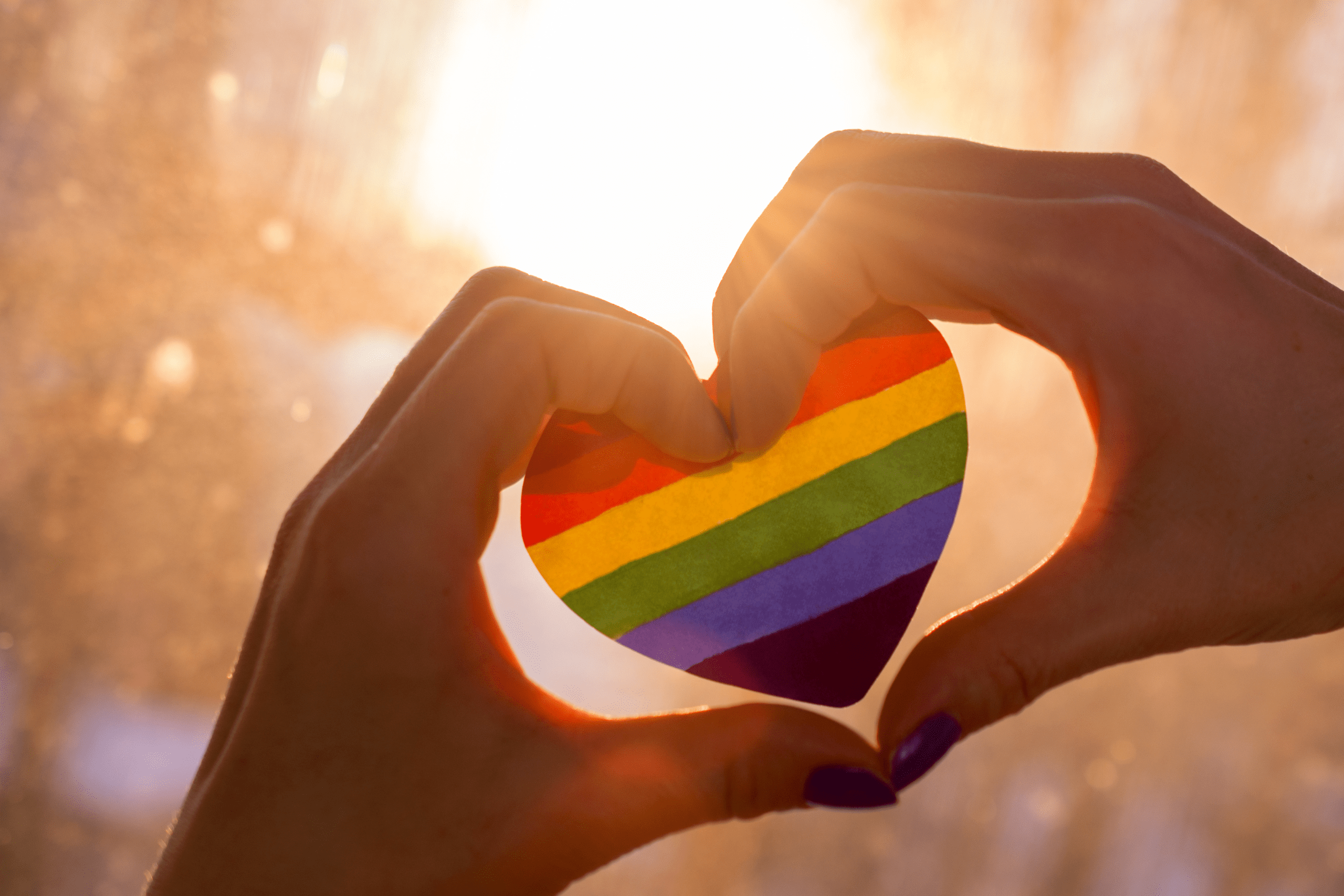Why is LGBTQ Marketing so Important?
It’s no secret that the importance of equality is high on our agenda and should be on yours too! This means that as an agency we have to answer the following question; if full equality is the aim, why is LGBTQ marketing any different from anything else we do?
We think the answer lies in the happiness of the brand to include anyone and everyone in their campaigns. This should, and must, be regardless of gender, race or sexual preference… you get it. The sad truth, however, is that when faced with an advertising choice, most brands will default to the classic male-female pairing.
There are brands who still feel it is appropriate to consider the LGBTQ marketing as homogenous, but this makes no sense at all. With spending power of over 100 billion in just the UK and 70 billion in the USA; it’s vital that you find a way of engaging with this particular group. It’s not enough to throw a rainbow over your branding in June and expect people to trust you the following March. If this truly is a market you want to work with, then you have to be consistent.
Looking at the Landscape
When compared with any other demographic, the LGBTQ community has a predisposition to spend more in certain markets. For example, research shows that within the LGBTQ community, 26% are more likely to subscribe to an online entertainment streaming service. Furthermore, on average, there’s a higher online spend, with a figure coming in at 35%. Also, 38% of the populous have a gym membership, significantly higher than the 24% of other audiences.
70% of LGBTQ consumers are happy to pay a premium to work with an inclusive brand; 78% said they would switch to a brand that they know is LGBTQ friendly over their current provider.
Research has also proven that the LGBTQ community are over twice as likely as any other group to buy from a brand that they trust. This all goes some way to explaining that underlying feeling that companies are not being inclusive enough.
Outside of the community itself, there is a support network, although it isn’t as big as it should be. 55% of millennials are more inclined to buy from a company that shows it is LGBTQ friendly.
So yes, target these consumers, but don’t alienate them! Don’t treat them any differently as you would, for example, advertising to millennials VS baby boomers.
What Next?
Before anything else, take a long hard look in the mirror. Are you marketing to this group because you want to, or because you think you should? If it’s the latter, save your time. Your promotional efforts will come across as insincere (because they are) and people will see straight through your transparent attempts at staying socially relevant.
If you really do want to engage in LGBTQ marketing, look at your company policies. Are they all inclusive? If not, you now have two steps to take; 1. Rewrite your god damn policies. 2. Stop trying to engage with this market.
If you didn’t implement inclusive policies, you don’t actually care enough to want to explore this for the right reasons. You need to walk the walk before you talk the talk. Consumers know you want their money, so you need to be insightful, be creative and be innovative.
Top Tips for LGBTQ Marketing
What is your company tone going to be? Will you show your support subtly or be ‘loud and proud’? We believe you need to think about this carefully. 9 times out of 10, isn’t a campaign better when featuring gay characters who are simply gay, you know, because they are? Avoid stereotypes purely because they’re exactly that. You wouldn’t want to be pigeonholed, so let’s not do it to anyone else, hey? Keep your marketing ambiguous, show all sorts of couples, MF, FF, MM, don’t leave anyone out. Why? Because pan and bisexual communities need support too! With your campaigns, don’t forget transgender and transsexual people too. If you’re going to be all inclusive, then do it right or don’t do it at all. When running visual ads, try to include symbols that people can relate to. This could be the flag, Dorothy’s red shoes, or gender signs. Whatever it is you choose, try not to be too cheesy. Strike the balance of recognition and the emotional bond that people have formed with these symbols over the years.
Genuine emotional connections are important for everyone. It’s the base of Maslow’s hierarchy of needs and something we can all associate with. Everyday concerns and storyboards featuring an LGBTQ couple mean a lot. So do pay mind to everyday interactions. Driving, eating, getting dressed. Don’t underestimate the power of normalcy. Certainly don’t underestimate the impact of visibility. Don’t face accusations of tokenism and insensitivity. Where you can, give back to the community too. This can be financial; you can choose a charity to work with for the year to fulfil your CSR agreements. It can also be by donating your time, something we think garners more appreciation and is arguably more worthwhile in many ways. As above, and in case we haven’t made the point clearly enough, everything you do must come from a place of love and authenticity. Supportive messages inspiring allegiance will never be taken seriously if at their core, they aren’t. The community is found to be extremely loyal to brands that it knows it can trust. Do it right. Do not release a campaign unless you know it is perfect. It needs to be ironclad and free of potential crisis management situations.
Contact Us
Ready to know more? Our LGBTQ marketing agency would love to hear from you. Just click here to fill out our contact form or call our team. We will create a bespoke proposal within a 48 hour turn-around with no obligation. We would love to help you!

